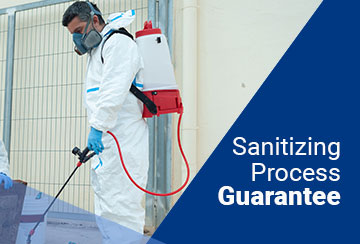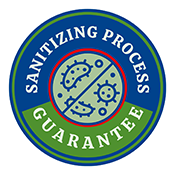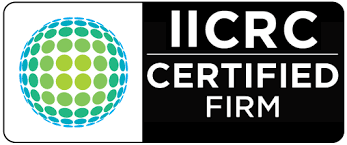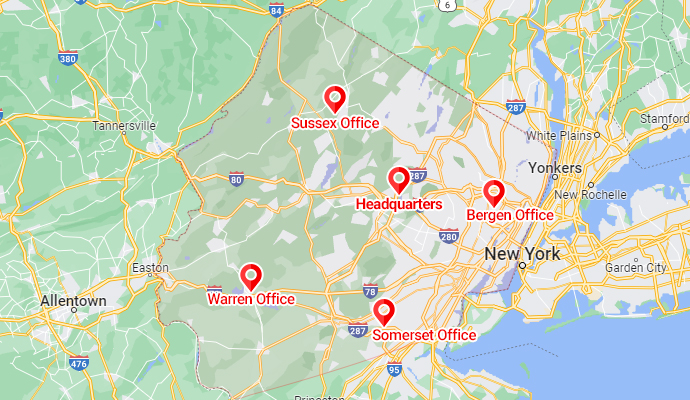

PDQ's 10 Step Sanitizing Process
We guarantee the quality of our cleaning and sanitizing. Our process eliminates the spread of harmful bacteria and particulate matter which can lead to health issues and additional mold growth.
- Extract all standing liquids while wearing the proper Personal Protective Equipment (PPE).
- Set up containment to minimize spreading harmful air to unaffected areas of the house.
- Install air scrubbers and dehumidifiers to stablize the affected area.
- Install hydroxyl generators for deodorization and to sanitize the air.
- Remove all affected porous materials.
- Scrub and sanitize with part 1 enzyme cleaner.
- Rewet and extract again to remove Part 1.
- Scrub and sanitize with part 2 enzyme cleaner.
- Final extraction.
- Spray with hospital grade antimicrobial/disinfectant.
















